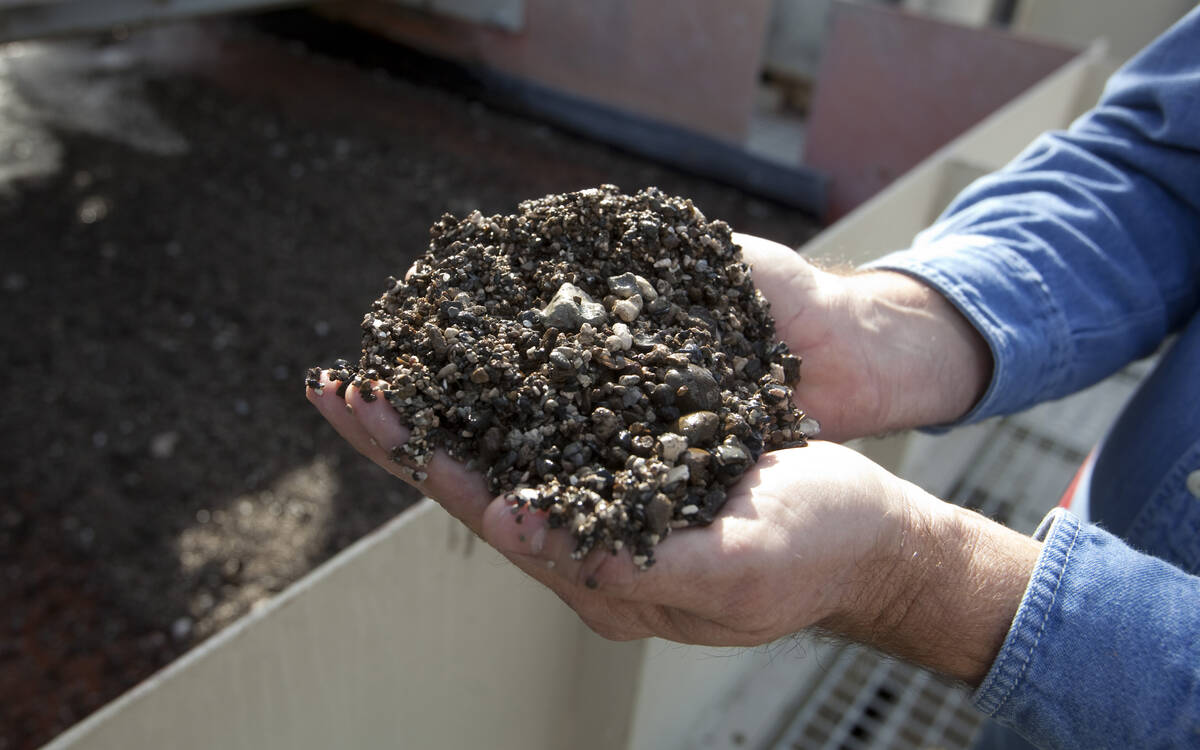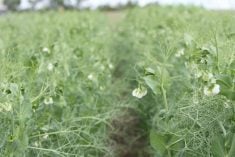Profits are evaporating for Canadian farmers and the Canadian dollar’s trend is threatening to drain them.
That leaves prairie producers looking for a way to plug an ever-widening hole in their expected returns, but one analyst said there is no easy way to make up for the dollar’s sudden surge.
Increasing productivity to squeeze more margin out of each dollar of revenue is one way to offset the dollar’s strength, but productivity gains can usually only be made gradually, said analyst Larry Martin of the George Morris Centre.
Read Also

Phosphate prices to remain high
Phosphate prices are expected to remain elevated, according to Mosaic’s president.
And many farmers have already caught up to technological change.
“Agriculture has already done a heck of a lot to make the adjustments,” said Martin.
Most grain operations use good equipment and many livestock operations are leaders in modern production methods, so they can’t easily be made to produce more for less.
Other sectors of the economy that are less advanced than much of agriculture will find it easier to increase productivity, leaving agriculture to suffer without any obvious salve.
“Agriculture can get whipsawed without having a lot of impact on the underlying cause and effect,” said Martin.
Last week the Canadian dollar cruised past the 76 US cent level and seemed headed toward 80 cents. The surge occurred after the Bank of Canada announced it was not going to lower interest rates.
“It’s astounding and very detrimental to profitability in this industry,” said Manitoba Pork Marketing Co-operative general manager Perry Mohr.
“All of us are very, very concerned if we go any higher what the industry will look like a year from now.”
Less than a year ago the Canadian dollar was worth about 65 US cents.
Mohr said a 65 cent dollar would have earned an average of $155 per 100 kilograms based on average U.S. market prices, but a 75 cent dollar would only earn $135 per ckg based on the same U.S. price. An 85 cent dollar would only bring $118 per ckg, below most producers’ break-even level.
Crop growers who sell in the export market are in the same boat. According to the association that represents farmer-owned grain terminals, “if everything else were the same, November canola futures trading at $380 per tonne this year would be worth $475 per tonne at last year’s exchange rate. That’s the equivalent of $2.15 per bushel at the farmgate.”
For years, farmers appeared to benefit from the ever-declining Canadian dollar because as the dollar’s value dropped, the price of commodities appeared to rise.
That’s because each U.S. dollar earned in the export market, or in domestic markets that follow U.S. prices, earned more in Canadian dollar terms as the relative value of the dollar fell.
Over time, relative changes in currency values level out in an economy as local prices adapt to world conditions, but those adjustments can’t happen as quickly as the recent surge of the Canadian dollar’s value, Martin said.
“In the short term, if you’ve made the investment (in automation and modern equipment and facilities) like the Manitoba hog producers have, there’s not a lot more you can do to increase your productivity,” said Martin.
“If you’ve got state-of-the-art technology, your productivity should be as good as any of your competitors anywhere.”
For livestock producers such as hog barn operators, it is essential to have modern facilities. For grain farms, being able to spread equipment costs across a large land base is crucial.
Producers who already have those types of operations may have to think of productivity in a wider sense, Martin said. Producing more of a basic meat or grain commodity for less is not the only way to increase productivity.
Increasing revenue by doing something else apart from producing commodities is another method.
For a grain farmer, that may mean adding a seed cleaning business, or offering custom services for other farmers with his equipment.
“It’s not just more for less, it’s getting more revenue with the same resource base,” said Martin.
With profits now squeezed by the surging dollar, producers should think about how they can generate revenue by doing something other than bulk commodity production.
“Bankers find that the people who are doing the best in agriculture are those who are doing something to add value,” said Martin.
Regardless of long-term strategies for increasing on-farm productivity, grain farmers today are paying a particularly high price, Martin said.
Most bought their seed, fertilizer and other inputs last spring, when the dollar was much lower.
That means they probably paid higher prices than those inputs will sell for if the dollar stays high, because those inputs usually follow U.S. prices.
But now that farmers have to sell the crops they grew with expensive inputs, they find that the currency markets are discounting the grain.
“This was absolutely the worst timing for this to happen to crop farmers,” said Martin.















